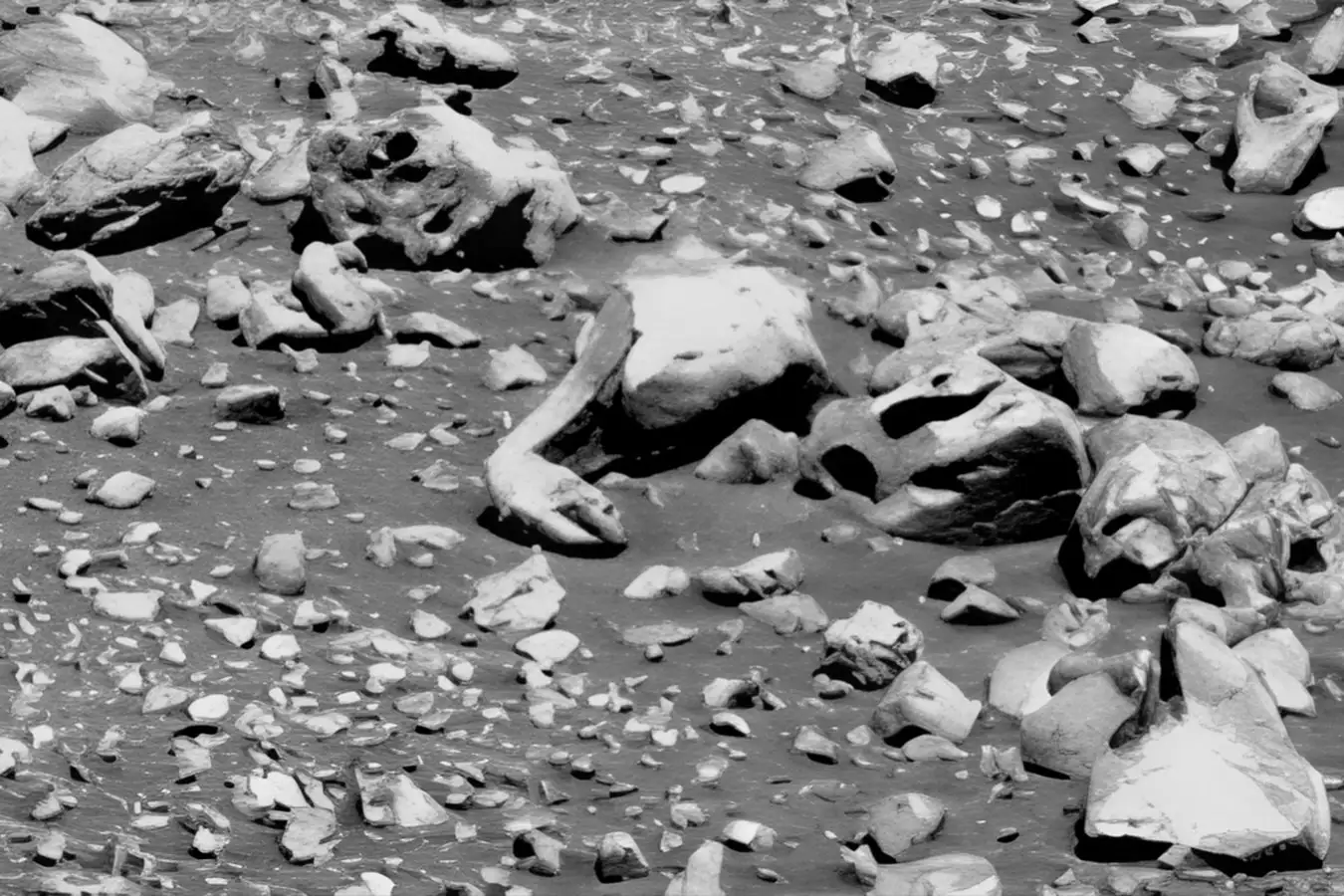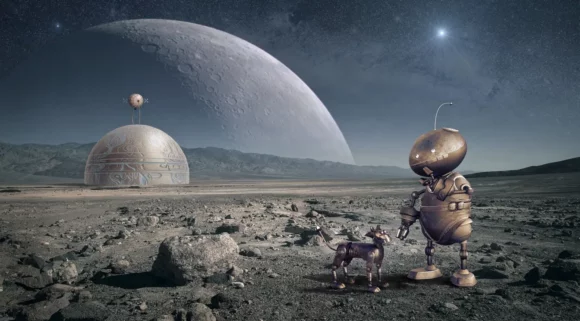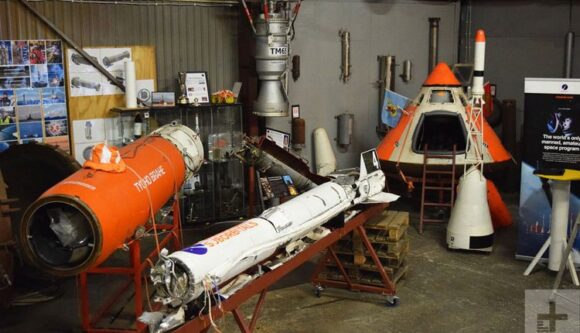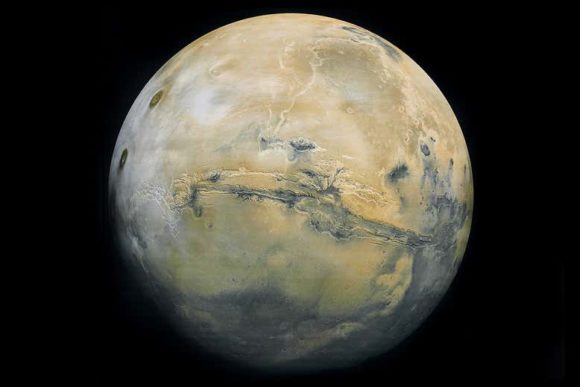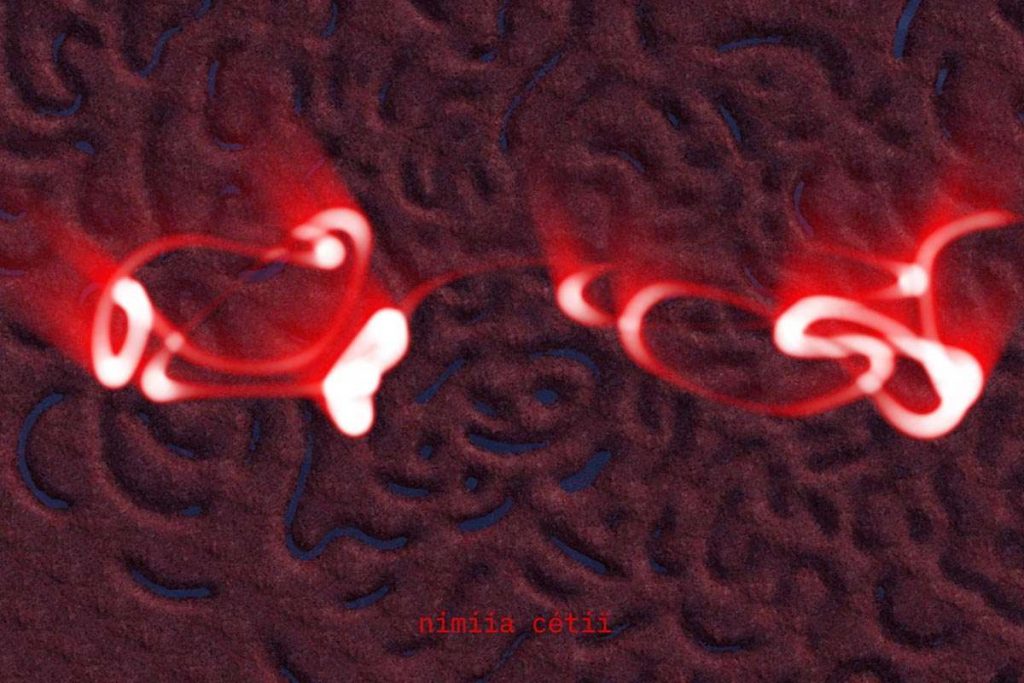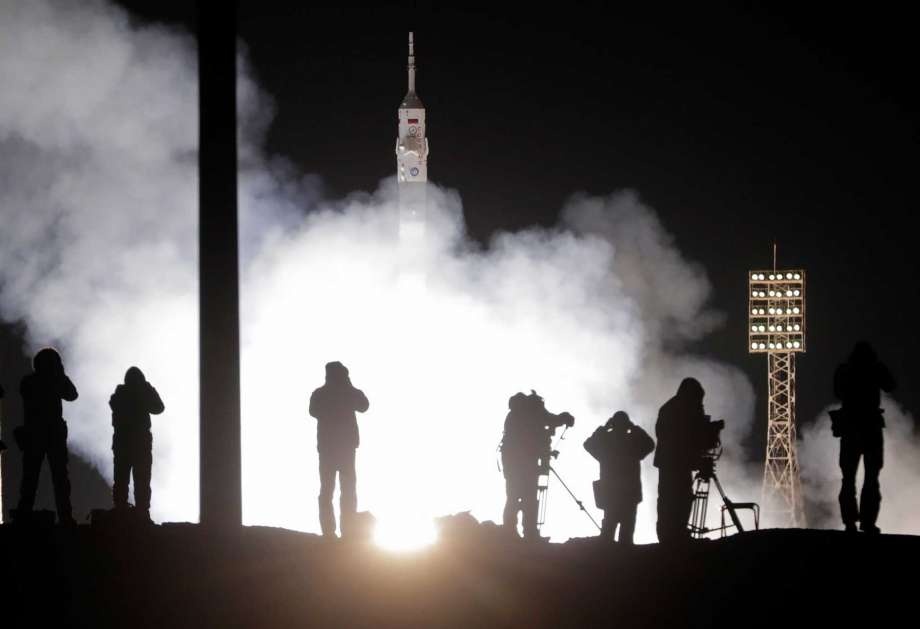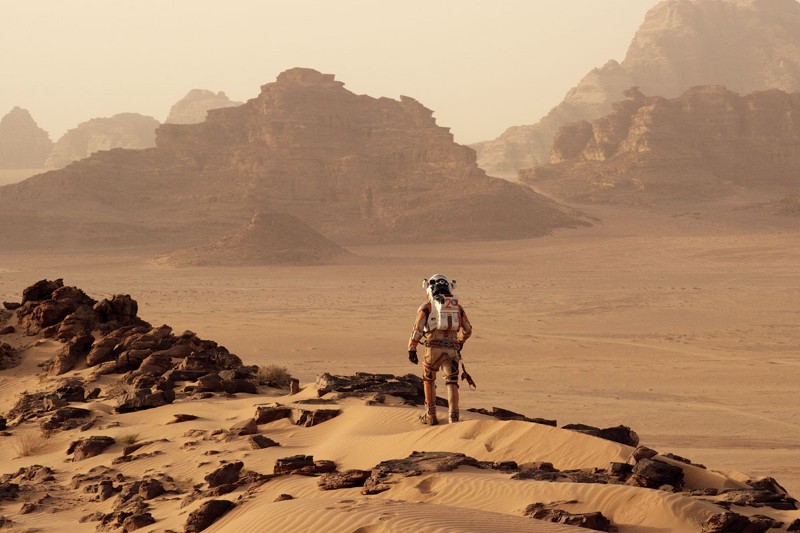Watching Brian Cory Dobbs’s Blue Planet Red for New Scientist, 8 October 2025
Blue Planet Red purports to be a feature-length documentary about Mars. Writer-director Brian Cory Dobbs’s red planet is not the one you and I might recognise, but it certainly has some appeal: home to an advanced civilisation of pyramid-builders who either couldn’t save their homeworld from destruction, or who blew it up in an orgiastic nuclear conflict.
Corey presents his arguments for advanced Martian life straight to camera, with many a raised eyebrow and artful stutter and hestitation. I quite liked him. But I was not in the least surprised, after watching his documentary, to discover that his showreel consists mainly of woo (by which I mean, YouTube shorts about mobile phones, electromagnetic fields, and cancer).
By intention or not, Blue Planet Red is an historical document: the last hurrah of a generation of researchers, enthusiasts, oddballs and narcissists who came to maturity under the shadow of a two-kilometre-long mesa in Cydonia. Here, where the southern highlands of Mars meet its northern plains, NASA’s Viking orbiters snapped blurry images of what looked like a gigantic human face: the Face on Mars.
Let’s not spend too much time debunking here what has been debunked, so often and so convincingly, elsewhere. Improve the image resolution, and the Face disappears. Mars’s hexagonal craters are a commonplace of rocky planets, and imply some fluid subsurface (think the patterns porridge makes, boiling in a pan). Lightning bolts cannot leap from planet to planet. The presence of the xenon 129 isotope in the Martian atmosphere will imply ancient nuclear conflict only if you ignore the well-understood process by which a now-extinct isotope, iodine 129, would have decayed to xenon 129 in Mars’s rapidly cooling and ever-more inert and boring lithosphere. Is that a rock? Yes. Even the one that looks like a bone? Yes. Even the one that looks like a tumble-dryer? For the love of God, yes — have you not seen rocks?
Ron Levin, son of Gilbert Levin, the engineer who cooked up Viking’s Labeled Release experiment, wonders why NASA ignored two clear positive results and scotched its early claim that there was microbial life on Mars. Well, NASA didn’t ignore the results. Neither did it ignore the results of Viking’s Gas Chromatograph-Mass Spectrometer experiment, which found no evidence of any organic molecules in the Martian soil. Reconciling these results gave us our current understanding of Martian soil chemistry. By that measure, the Labeled Release experiment was a success: why be resentful?
More poignant, though no more convincing, are the idees fixees of Richard Brice Hoover (born 1943) who headed astrobiology research at NASA’s Marshall Space Flight Center until his retirement in 2011 and did more than most to establish the existence of extremophile life on Earth.
He’s convinced he’s found diatoms and other microfossils in meteorites, and such is his enthusiasm, he never quite gets around to explaining why each of these objects is lying on the top of the rock sample, instead of being embedded in its matrix.
John Brandenburg (born 1953) is a pretty well-regarded plasma scientist, if you can get him off the subject of Martian nuclear war. And what about Mark Carlotto, who’s spent forty years seeing civilisational remains on Mars where everyone else sees rocks? Drag him down to earth, and he’s a capable archaeologist, who really has traced the lines of a forgotten colonial settlement in the middle of Cape Ann – an island community north of Boston.
After the final Apollo moon landing in 1972, the initial excitement of the Space Race began to wane. The images the Viking orbiters sent back promised the next great discovery. Their blurry amalgams of groundbreaking yet ambiguous data were the perfect growth medium for fringe ideas, especially in the United States, where the Vietnam War and the Watergate scandal encouraged scepticism and paranoia.
Dobbs’s flashy retread of tall Martian tales thinks it’s about what happened 3.7 billion years ago, that turned a wet, warm planet into a dustbowl. For me, it’s much more about what happened to some squirrely enthusiasts, glued to monitors and magazines in 1972. Let’s lay our scorn aside a moment and look this generation in the eye. Fond hopes will not trip up fine minds in quite this way again.

